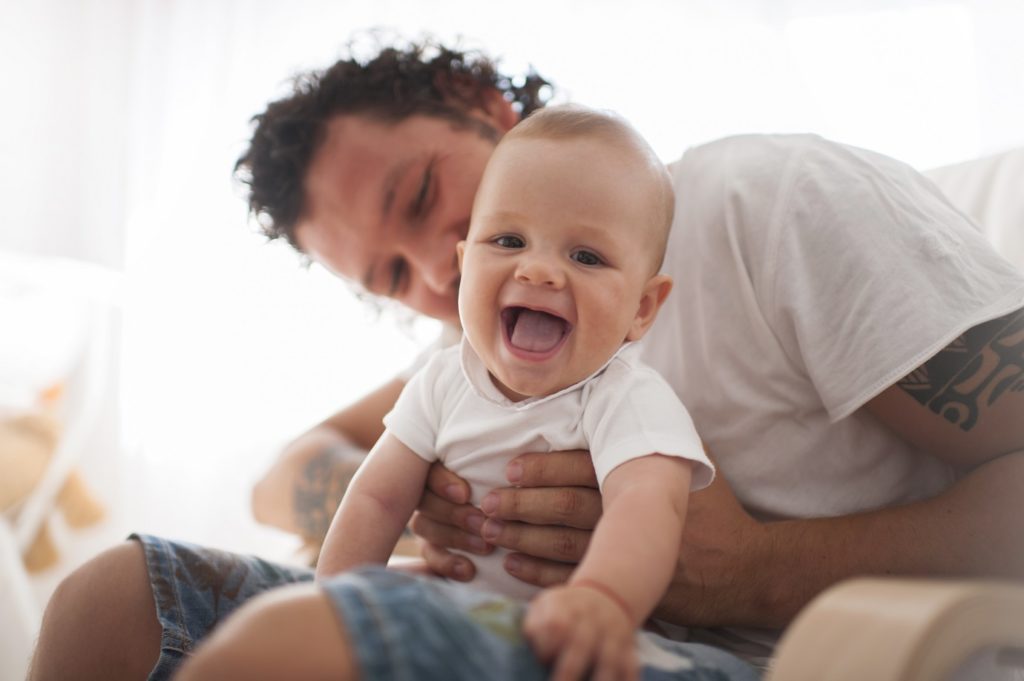Eligibility for accessing paid parental leave is set to be expanded under Treasurer Jim Chalmer’s budget this week, with the income test to be overhauled allowing households with incomes of up to $350,000 access to the government-funded scheme.
The move comes after the Albanese government announced an extension of the current scheme, to incrementally move from 18 weeks to six months by the year 2026, as well as further incentives to encourage men to take leave, including removing “primary” and “secondary” carer labels.
The eligibility test changes will see couples able to opt for being assessed on their dual income, rather than the individual income test, which currently sees high-income earning women missing out – despite their partners possibly being eligible.
Couples will now be able to earn up to $350,000 to access the scheme, up from individuals who previously saw their eligibility max out at $156,647.
In preparing to hand down his first budget on Tuesday, Chalmers is set to present the first “wellbeing budget” in ten years, as well as what he has described as a “family-friendly budget”.
He said the paid parental leave measures will ultimately give families more choice about how they balance work and family.
Other additional paid parental leave changes will see parents able to take the leave at the same time – should they wish to stay home together. Those taking the leave will also have more flexibility, including the option to take one day or so a week, up until the child is two years old.
An additional 1500 families are expected to be able to access paid parental leave every year, with dads and partners able to gain access even when the birth mother does not qualify (for example, if she doesn’t meet the work activity test).
The changes are set to begin from July 1 2023, initially with the scheme increasing to 20 weeks. From there, an additional two weeks will be added every year until it hits the full six months by 2026.

